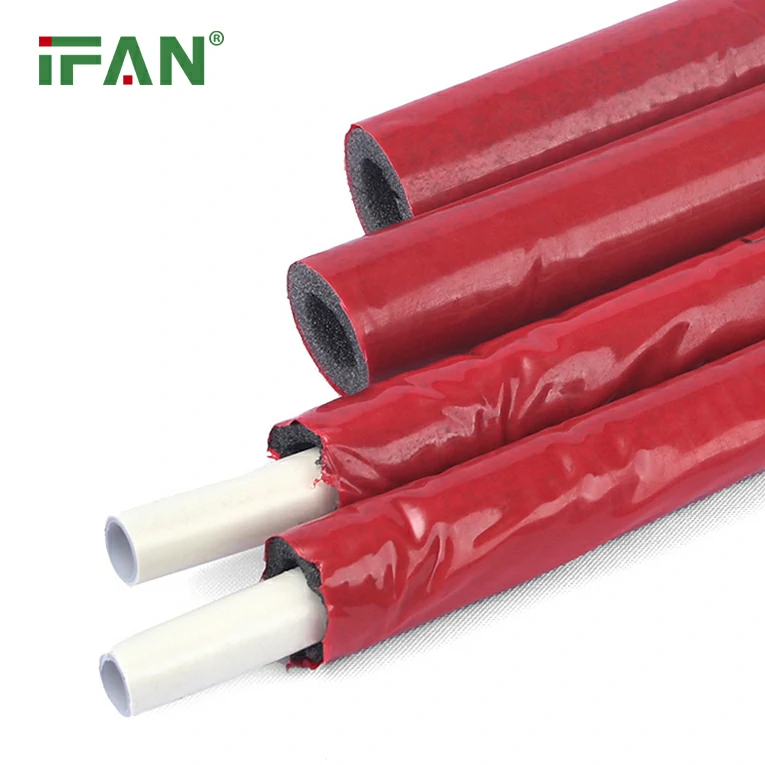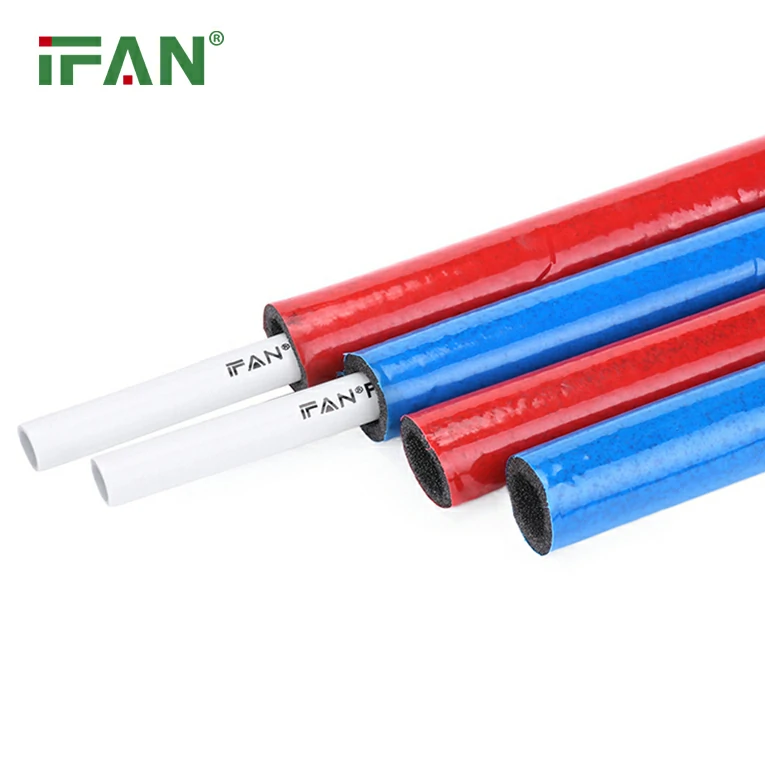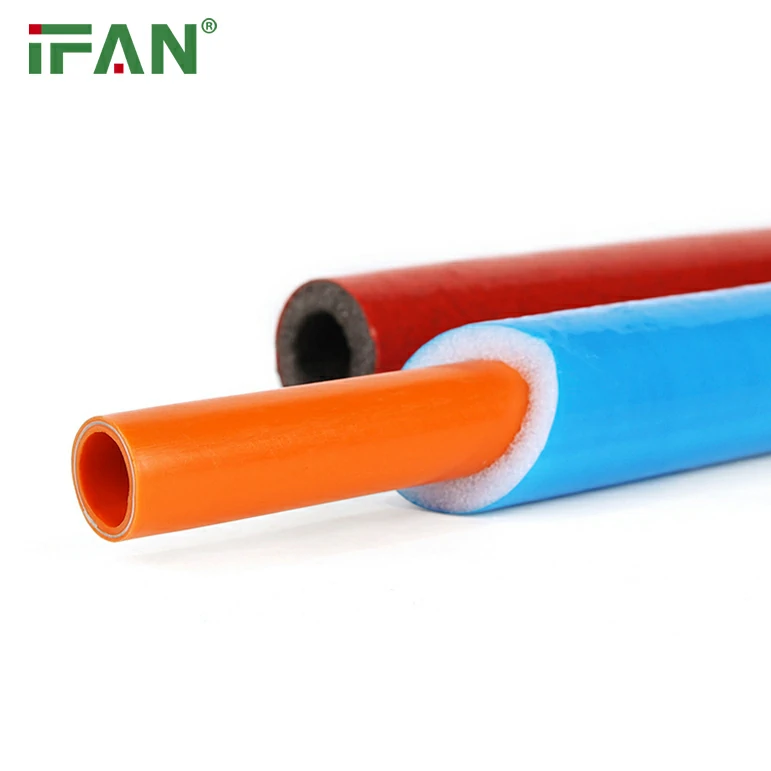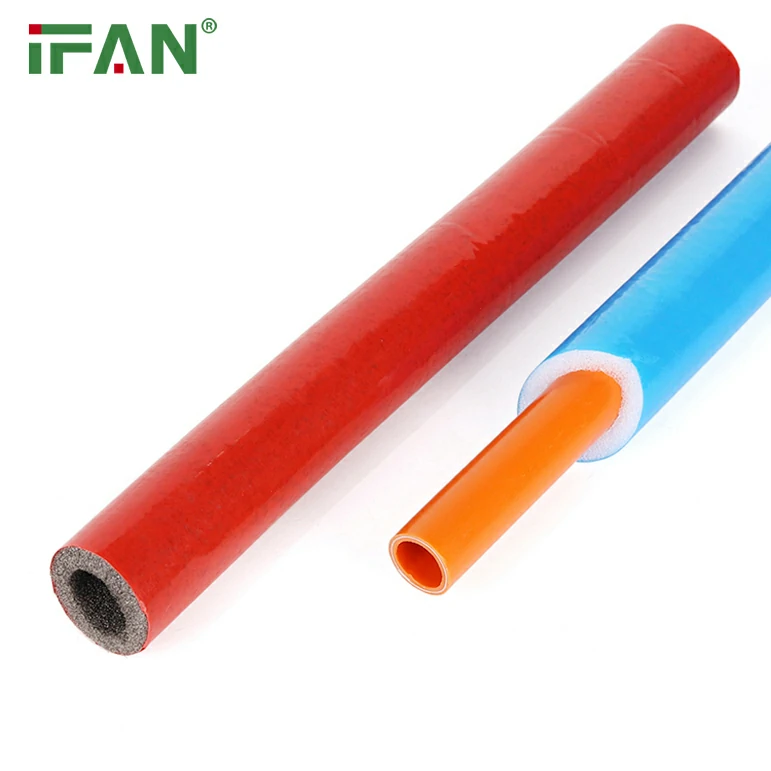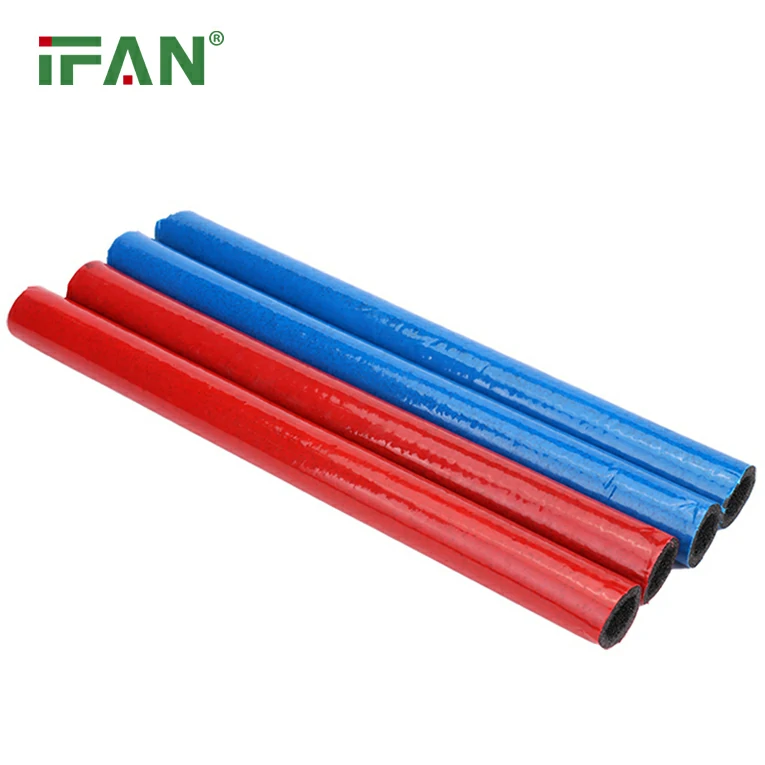Make the Switch to PPR Pipe Fittings Today – The Ultimate Choice for Your Plumbing Needs
Introduction
Are you using traditional PVC or metal pipe fittings for your plumbing systems? It’s time to make a shift to PPR pipe fittings. PPR (Polypropylene Random) is an innovative plastic material that’s known for its outstanding chemical, high temperature, and pressure resistance for various plumbing applications. In this article, we will explore the benefits and features of PPR pipe fittings and why they are becoming increasingly popular in the plumbing industry.
Section 1: Introduction to PPR Pipe Fittings
Let’s begin with a brief introduction to PPR pipe fittings. PPR pipes and fittings are commonly used in hot and cold water supply systems, heating systems, water treatment plants, chemical industries, and other industrial applications. They are manufactured using high-quality Polypropylene Random Copolymer, which gives them excellent resistance to high temperatures, pressure, water hammer, and chemicals. Due to their unique properties, PPR pipe fittings are preferred over traditional PVC and metal fittings in modern plumbing systems.
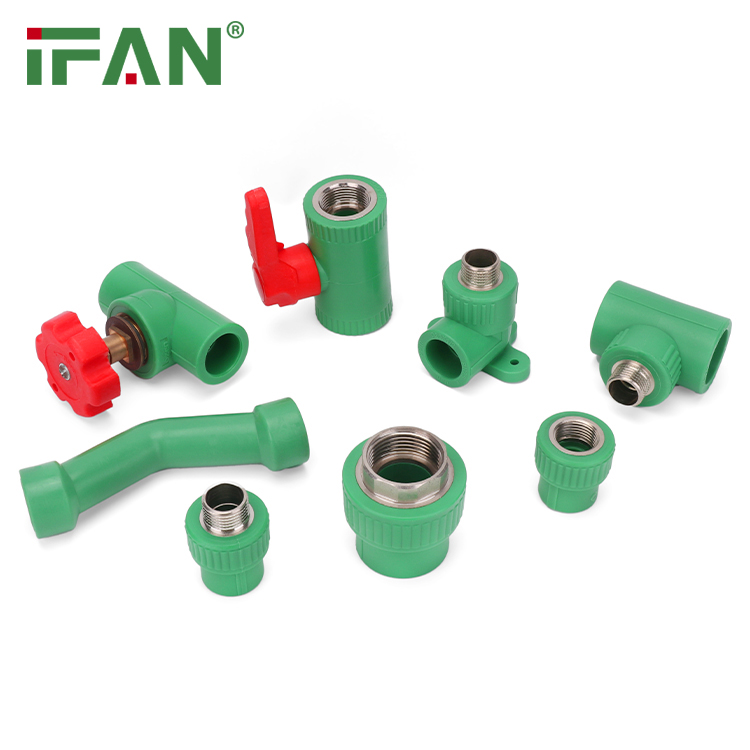
Section 2: Advantages of PPR Pipe Fittings
Next, let’s explore why you should choose PPR pipe fittings for your plumbing needs. Here are some of the key advantages of PPR pipes and fittings:
- Durability – PPR pipes and fittings are incredibly durable and long-lasting. Unlike traditional PVC or metal fittings, they are resistant to corrosion, scaling, and abrasion, which significantly extends their service life.
- Temperature Resistance – PPR pipes and fittings can withstand high temperatures up to 90 degrees Celsius. This makes them ideal for use in hot water supply systems and heating systems.
- Chemical Resistance – PPR pipes and fittings have excellent chemical resistance, making them ideal for use in chemical processing industries and water treatment plants.
- Low Frictional Losses – PPR pipes have a smooth interior surface, which causes minimal pressure drop and low frictional losses, resulting in energy savings for the end-users.
- Easy Installation – PPR pipes and fittings come in a range of sizes and are easy to install. They do not require any special tools, glue, or chemicals for installation, which saves time and costs.
Section 3: Applications of PPR Pipe Fittings
PPR pipe fittings have a wide range of applications in various industries. Some of the common applications include:

- Hot and Cold Water Supply Systems – PPR pipes and fittings are widely used in hot and cold water supply systems for residential, commercial, and industrial buildings.
- Heating Systems – PPR pipes and fittings are used in heating systems such as underfloor heating, wall heating, and radiator connections.
- Chemical Processing Plants – PPR pipes and fittings are products of choice in chemical processing industries, especially for the transportation of chemicals and other corrosive fluids.
- Water Treatment Plants – PPR pipes and fittings are used in water treatment plants for transporting drinking water, recycled water, and wastewater.
Section 4: Conclusion
Make the switch to PPR pipes and fittings today and experience an efficient, durable, and safe plumbing system. PPR pipe fittings provide superior performance and long-lasting benefits that make them a favorite in the plumbing industry. Whether you are a homeowner, contractor, or industrial user, PPR pipes and fittings provide an ideal solution to meet your plumbing needs. So, take the plunge and switch to PPR today – you’ll never look back!

